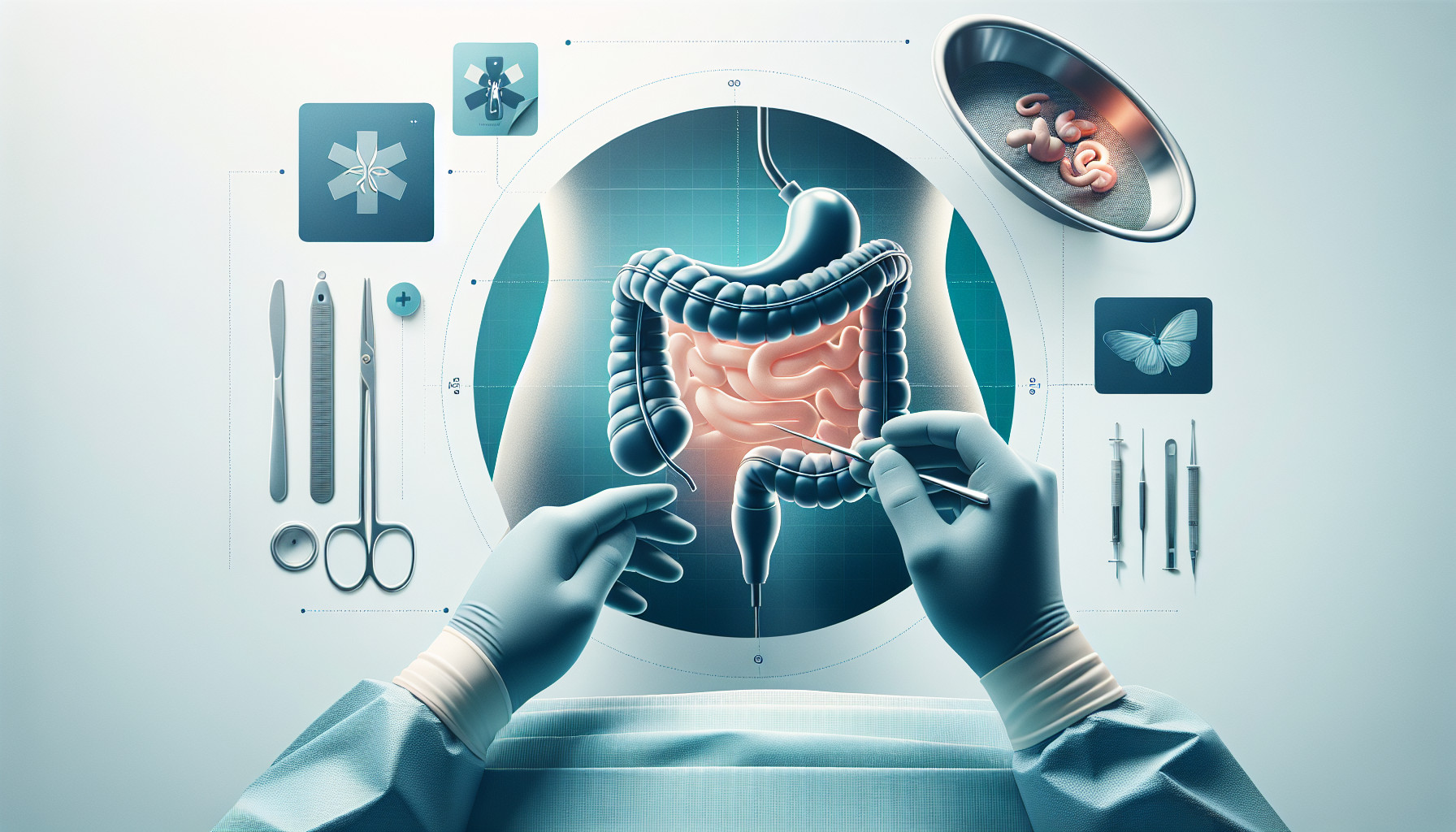Our Summary
This research paper is about a study conducted to determine the learning phase of transitioning from normal laparoscopic colon surgery to robotic colon surgery, and the potential risks involved. The study looked at surgeries performed by one surgeon from 2014 to 2020. The results showed that while the robotic surgeries took longer to perform during the learning phase, there were no differences in complication rates, patient recovery times, or any other issues within 30 days of surgery. In fact, the rate of needing to switch to traditional surgery was reduced from 16% to 3% in the robotic group. This suggests that robotic colon surgery can be safely introduced without increasing health risks to patients.
FAQs
- What is the main focus of this study on colectomy?
- Were there any differences in complication rates or recovery times between laparoscopic and robotic colon surgery?
- Did the rate of switching to traditional surgery decrease with the introduction of robotic colon surgery?
Doctor’s Tip
One helpful tip a doctor might tell a patient about colectomy is to follow post-operative care instructions carefully, including taking prescribed medications, eating a healthy diet, and gradually increasing physical activity to aid in recovery and prevent complications. It is also important to attend follow-up appointments with your healthcare provider to monitor your progress and address any concerns. Remember to communicate openly with your healthcare team about any changes in symptoms or concerns you may have during your recovery process.
Suitable For
Patients who may be recommended for colectomy include those with:
Colon cancer: Colectomy may be recommended as a treatment for colon cancer, particularly in cases where the cancer has spread or is at a high risk of spreading.
Inflammatory bowel disease: Patients with conditions such as ulcerative colitis or Crohn’s disease may require colectomy if their symptoms are severe and not responding to medication.
Diverticulitis: Severe cases of diverticulitis, where there is significant inflammation or infection in the colon, may require colectomy to remove the affected portion of the colon.
Colon polyps: Large or precancerous polyps in the colon may require colectomy to prevent the development of colon cancer.
Familial adenomatous polyposis (FAP): Patients with FAP, a hereditary condition that causes multiple polyps to form in the colon, may require colectomy to prevent the development of colon cancer.
Intestinal obstruction: Patients with a complete blockage of the colon may require emergency colectomy to remove the obstruction and prevent further complications.
Chronic constipation: In some cases, severe chronic constipation that does not respond to other treatments may require colectomy to improve symptoms and quality of life.
It is important for patients to discuss their individual medical history and treatment options with their healthcare provider to determine if colectomy is the most appropriate course of action for their condition.
Timeline
Before colectomy:
- Patient undergoes preoperative evaluation and consultation with a surgeon to discuss the need for colectomy.
- Patient may undergo imaging tests such as colonoscopy, CT scan, or MRI to assess the condition of the colon.
- Patient may be placed on a special diet or given bowel preparation instructions to cleanse the colon before surgery.
- Patient may meet with an anesthesiologist to discuss anesthesia options for the surgery.
- Patient is admitted to the hospital on the day of surgery.
After colectomy:
- Patient undergoes the colectomy procedure, which involves the removal of part or all of the colon.
- Patient is monitored in the recovery room post-surgery for a few hours.
- Patient may stay in the hospital for a few days for observation and to manage pain and any potential complications.
- Patient gradually resumes eating and drinking, starting with clear liquids and progressing to solid foods.
- Patient may experience changes in bowel habits and may need to adjust to a new way of digesting food.
- Patient may be prescribed pain medication and given instructions on wound care and activity restrictions.
- Patient may be referred to a dietitian or nutritionist to help with dietary management post-surgery.
- Patient may undergo follow-up appointments with the surgeon to monitor recovery and address any concerns or complications.
What to Ask Your Doctor
- What are the potential risks and complications associated with colectomy surgery, both traditional laparoscopic and robotic?
- How experienced is the surgeon in performing robotic colon surgery, and what is their success rate with this procedure?
- What is the expected recovery time and post-operative care needed for a colectomy, specifically with robotic surgery?
- Are there any long-term effects or considerations to be aware of after undergoing a colectomy, particularly with robotic surgery?
- How does the cost of robotic colon surgery compare to traditional laparoscopic surgery, and will insurance cover the procedure?
- Are there any specific pre-operative preparations or guidelines to follow before undergoing a colectomy, especially with robotic surgery?
- What is the expected outcome and success rate of a colectomy, and how will my quality of life be affected post-surgery?
- Are there any alternative treatment options to consider before deciding on a colectomy, and how do they compare in terms of effectiveness and recovery time?
- How often will follow-up appointments be needed after the surgery, and what signs or symptoms should I watch for that may indicate a complication?
- Can you provide information on support groups or resources available for patients undergoing a colectomy, to help with the physical and emotional recovery process?
Reference
Authors: Van Eetvelde E, Violon S, Poortmans N, Stijns J, Duinslaeger M, Vanhoeij M, Buyl R, Jacobs-Tulleneers-Thevissen D. Journal: J Robot Surg. 2023 Jun;17(3):1071-1076. doi: 10.1007/s11701-022-01514-6. Epub 2022 Dec 25. PMID: 36566471
